On Feb. 22, the U.S. House of Representatives Committee on the Budget approved legislation that is the product of the work of nine committees to bring the Administration’s American Rescue Plan—the $1.9 trillion economic stimulus package—closer to reality by March 14 when unemployment benefits expire for millions of Americans.
The Budget Committee released the text of the 591-page bill and a short report making the case for COVID relief and the economic impact of the pandemic (click here for the bill text and Feb. 19 report, “Help is On the Way: Budget Reconciliation Moves the American Rescue Plan Forward”).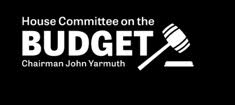
Despite efforts to produce a bipartisan bill, the legislation is expected to clear the House with a party line vote, probably this weekend. Major changes are expected in the Senate in order to garner at least 50 votes, including dropping the provision for a $15 minimum wage. There is the possibility that the provision may be dropped in advance of U.S. Senate consideration if it is ruled not to adhere to the rules of budget reconciliation—the process that is being followed because it requires only a simple majority vote.
Last month, my story in ACEs Connection, “What’s in the Biden-Harris $1.9 trillion stimulus package to strengthen families, especially if reforms are made permanent,” outlined the major provisions in the Rescue Plan that “align with policy options long supported by child and family advocates prior to the pandemic, creating pressure to make some proposals permanent.” Now that the nine committees of jurisdiction in the House have acted and the Budget Committee has integrated that work into one bill, here is an update of the recommendations in the ACEs Connection story (plus more) that “would strengthen economic supports to families and ensure a strong start for children (see CDC’s “Preventing ACEs: Leveraging the Best Available Evidence)”: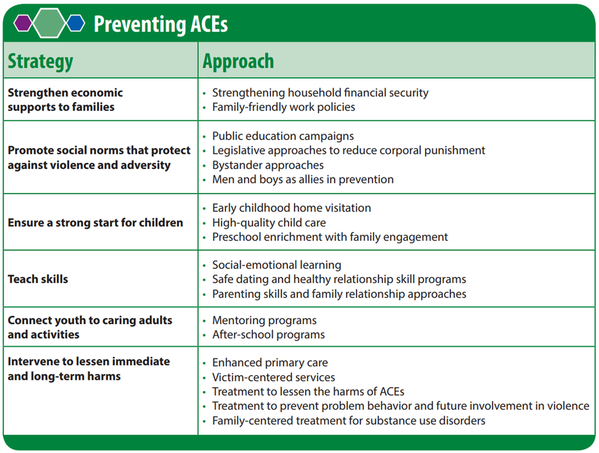
Expands Income Supports
—Make the Child Tax Credit fully refundable and increases its size for 2021. A study by Columbia University found that such a proposal would cut the child poverty rate in the United States in half. The current $2,000 per child would increase to $3,000 per child ($3,600 for a child under age 6). Currently, because the child tax credit is not fully refundable, there are 27 million American children who do not receive the full value of the current $2,000 tax credit because their parents do not earn enough money. The bill directs the Secretary of the Treasury to issue advance payments of the child tax credit, based on the parents’ 2019 or 2020 tax returns. Under the bill, parents would receive a monthly advance payment of $250 per child (and $300 per child under age 6). It would extend the credit to 17-year-olds. According to the Center for Budget and Policy Priorities, the credit would cut child poverty by 40% (See “House Package Would Help Millions and Bolster the Economy”). Another study by Columbia University found that such a proposal would cut the child poverty rate in the United States in half.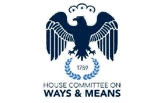
—Raises the maximum Earned Income Tax Credit (EITC), for childless adults from roughly $530 to close to $1,500, raises the income limit for the credit from about $16,000 to about $21,000, and eliminates the age cap for older workers for 2021.
—Calls on Congress to increase the minimum wage to $15 an hour (Click here for House Education and Labor Committee FY 2021 Budget Reconciliation Section by Section, page 3)
—Provides direct payments of $1,400 added to the already provided $600, bringing the total to $2,000
—Extends unemployment benefits
- Currently, Federal Unemployment Benefits Expire on March 14: Specifically, both the federal supplemental unemployment benefit (FPUC) and the Pandemic Unemployment Assistance Program (which provides unemployment benefits to some self-employed and pandemic-affected individuals who do not qualify for regular state unemployment benefits) expire on March 14.
- Extending and Increasing the Federal Supplemental Unemployment Benefit (FPUC): The bill extends the federal supplemental unemployment benefit through August 29 and increases the monthly supplemental benefit from the current $300 per month to $400 per month.
- Extending the Pandemic Unemployment Assistance Program: The bill also extends the Pandemic Unemployment Assistance Program through August 29.
—Providing additional funding for TANF (Temporary Assistance for Needy Families)
Provides an additional $1 billion for states to cover the additional cash assistance that Temporary Assistance for Needy Families (TANF) recipients needed as a result of the economic crisis.
Expands Child Care Support and Head Start
—Provides support for child care.
- Makes a Number of Improvements in the Child and Dependent Care Tax Credit, for 2021: The bill makes several improvements to the Child and Dependent Care Tax Credit for 2021, including increasing the amount of child and dependent care expenses that are eligible for the credit to $8,000 for one qualifying individual and $16,000 for two or more qualifying individuals (such that the maximum credits would now be $4,000 and $8,000).
- Provides $14.9 Billion in Additional Funding for the Child Care and Development Block Grant. The bill provides additional funding of $14.9 billion for the Child Care and Development Block Grant that can be used during the current fiscal year and the succeeding two fiscal years.
- Provides $39 Billion in supplemental funding for child care, which will help child care providers keep their doors open and reduce costs for struggling families.
—Provides $1 Billion in emergency funding for Head Start, which will be used to maintain access to services for children and families.
Expands health coverage
- New Incentives for Medicaid Expansion: The bill provides a new incentive for the 12 states that have not expanded Medicaid to do so by temporarily increasing the base Federal Medical Assistance Percentage (FMAP) by five percentage points for two years for any state that newly expands. If all 12 remaining states expanded Medicaid, more than 2 million uninsured people would gain access to Medicaid..
- COBRA Subsidies: Provides a 85% subsidy for individuals who lose their job and choose to continue to use COBRA to continue their existing employer-sponsored health coverage through September 30, 2021. Currently, those who would like to choose COBRA are required to pay the full cost of their coverage, including the employer contribution, making the cost prohibitive and preventing many from doing so.

Expands Behavioral Health Services
Provides a total of $4 billion for behavioral and mental health services (Excerpted from the Energy and Commerce Committee fact sheet, page 3), including:
- $3.5 billion for the Substance Abuse and Mental Health Services Agency (SAMHSA) to be split between the Substance Abuse Prevention and Treatment and Community Mental Health block grant programs.
- $420 million will be made available to IHS for mental and behavioral health prevention and treatment services;
- $100 million to the Behavioral Health Workforce Education and Training Program within the Health Resources and Services Administration (HRSA) to expand access to behavioral health services by focusing on training behavioral health paraprofessionals, such as peer support specialists;
- $140 million to develop a program for mental and behavioral health and to prevent burnout among health care providers and public safety officers, including training and outreach;
- $80 million to provide support for mental health and substance use disorder services at community-based entities and behavioral health organizations;
- $10 million to support the National Childhood Traumatic Stress Network, which works to develop and promote effective community practices for children and adolescents exposed to a wide array of traumatic events; and
- $50 million to Suicide Prevention and Project Aware programs at SAMHSA, which support youth mental health services and suicide prevention efforts.
Provides support for education
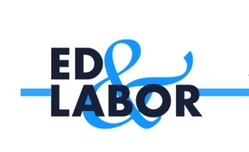
The bill provides support for elementary, secondary, and higher education (Click here for a summary of all of the Education and Labor Committee-related provisions):
- Nearly $130 Billion for the Elementary and Secondary School Emergency Relief Fund, which will give schools the resources they need to reopen safely for in-person instruction and address significant impact of the pandemic on students’ education and well-being.
- $40 Billion for the Higher Education Emergency Relief Fund, which is awarded directly to institutions of higher education. At least half of the funding institutions receive must be distributed to students in the form of emergency grants to prevent hunger, homelessness, and other hardships caused by COVID-19.
There is also a fact sheet provided by the Education and Labor Committee that gives a state-by-state breakdown of allocations for emergency education and child care funding.
As noted in the earlier ACEs Connection article, many of these recommendations are time-limited and would not extend beyond the duration of the pandemic even if they make it into a final stimulus package. Awareness and discomfort in America’s lack of investment in its children are growing and could bode well for proposals such as the child tax credit and improvements in the health and nutrition programs that are included in the $1.9 trillion stimulus plan.

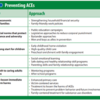


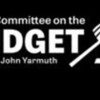

Comments (0)